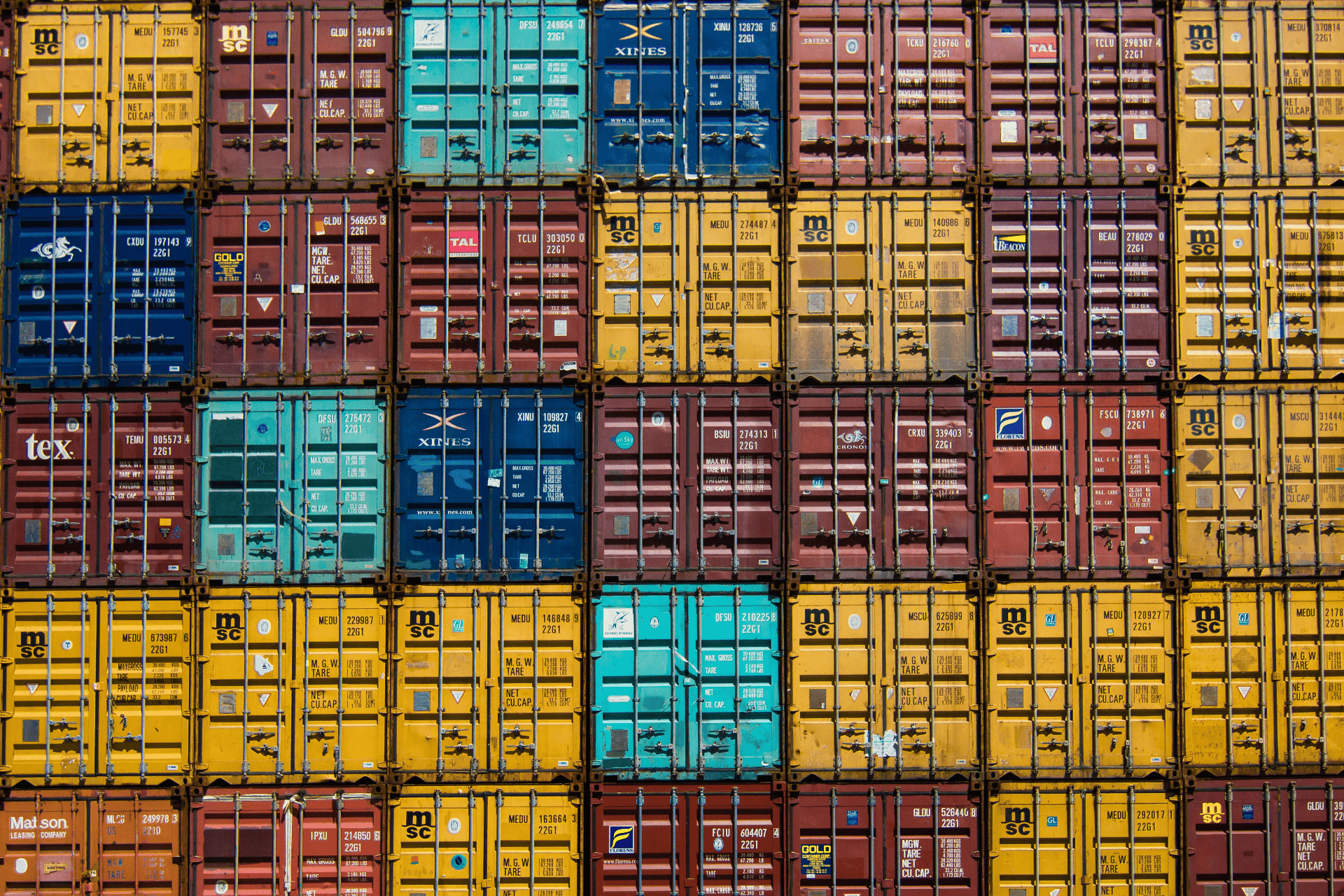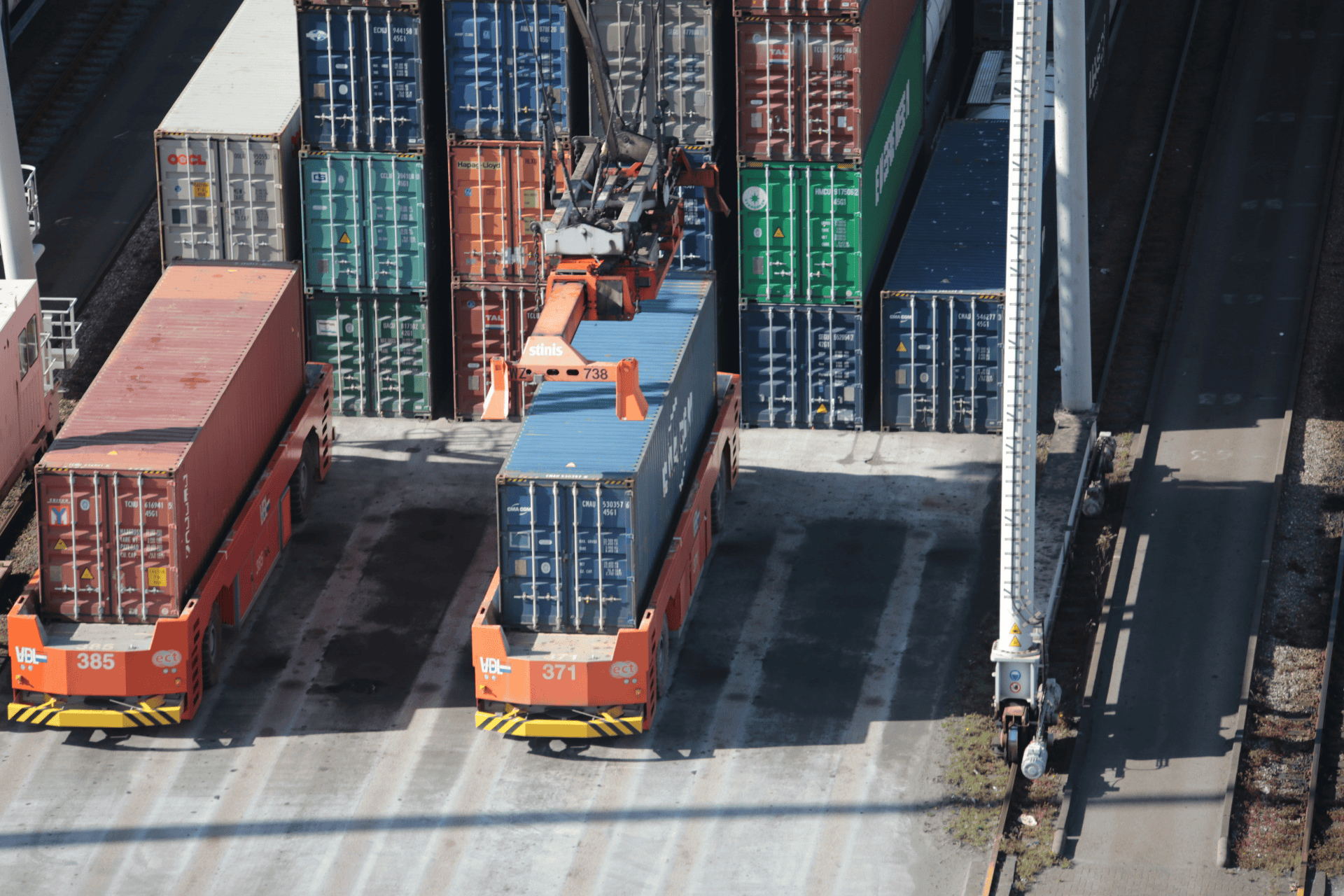By adhering to this comprehensive export documentation checklist, exporters can navigate the choppy waters of global trade with confidence, avoiding common pitfalls and ensuring a smoother voyage towards international success.
In the realm of international trade, meticulous attention to detail can make all the difference between smooth sailing and stormy seas. Export documentation serves as the compass guiding businesses through the complex waters of global commerce. Yet, even seasoned exporters can find themselves adrift due to overlooked details or procedural missteps. Here, we unveil an indispensable export documentation checklist to help you steer clear of common mistakes and navigate towards success.
- Know Your Destination: Before setting sail, ensure a clear understanding of your destination country's import regulations, including required documents and specific formats.
- Master the Bill of Lading: The cornerstone of shipping documentation, the bill of lading, must accurately reflect cargo details, including quantity, weight, and packaging, to prevent discrepancies upon arrival.
- Harbor the Commercial Invoice: This vital document serves as a sales contract between exporter and importer, detailing product specifics, prices, and terms of sale. Ensure accuracy to avoid customs delays or disputes.
- Navigate Export Licenses: Certain goods require export licenses or permits. Verify if your products fall under regulatory control and secure necessary approvals to prevent legal entanglements.
- Chart the Packing List: A comprehensive packing list enumerates each item in the shipment, aiding customs inspections and facilitating efficient cargo handling. Double-check item descriptions, quantities, and packaging details for accuracy.
- Steer Clear of Restricted Goods: Be wary of exporting prohibited or restricted items, such as controlled substances or endangered species, as ignorance of regulations is no defense.
- Plot the Certificate of Origin: Confirm whether your destination country requires a certificate of origin to verify the product's source. Ensure authenticity and compliance with relevant trade agreements to avoid customs delays.
- Clear the Way with Customs Declarations: Accurate completion of customs declarations is paramount. Provide truthful information regarding the shipment's contents, value, and purpose to prevent penalties or seizures.
- Navigate Export Compliance: Familiarize yourself with export control regulations, including restrictions on technology transfer or trade with sanctioned entities, to uphold legal and ethical standards.
- Anchor Insurance Coverage: Safeguard against unforeseen risks by securing appropriate insurance coverage for your shipment, mitigating potential losses due to theft, damage, or transport-related incidents.
- Harness Electronic Documentation: Embrace digital platforms for streamlined documentation processes, reducing paperwork burdens, enhancing efficiency, and minimizing the risk of errors associated with manual handling.
- Secure Payment Terms: Establish clear payment terms and methods to safeguard financial interests and mitigate risks associated with non-payment or disputes.
- Crew Training and Awareness: Ensure staff involved in export operations receive adequate training and stay abreast of regulatory updates to maintain compliance and minimize errors.
- Dock with Legal Expertise: Consult legal experts specializing in international trade law to navigate complex regulatory frameworks, mitigate legal risks, and safeguard your business interests.
- Constant Course Correction: Maintain vigilance throughout the export process, conducting regular audits and reviews to identify and rectify potential documentation errors or discrepancies.
#Export #Documentation #Checklist #InternationalTrade #GlobalCommerce #ExportRegulations #CustomsCompliance #LogisticsManagement #TradeLaw #RiskManagement #BusinessSuccess
Related Information



















































